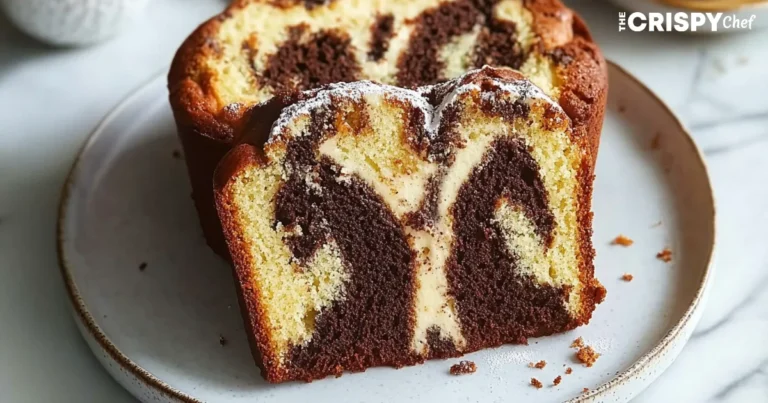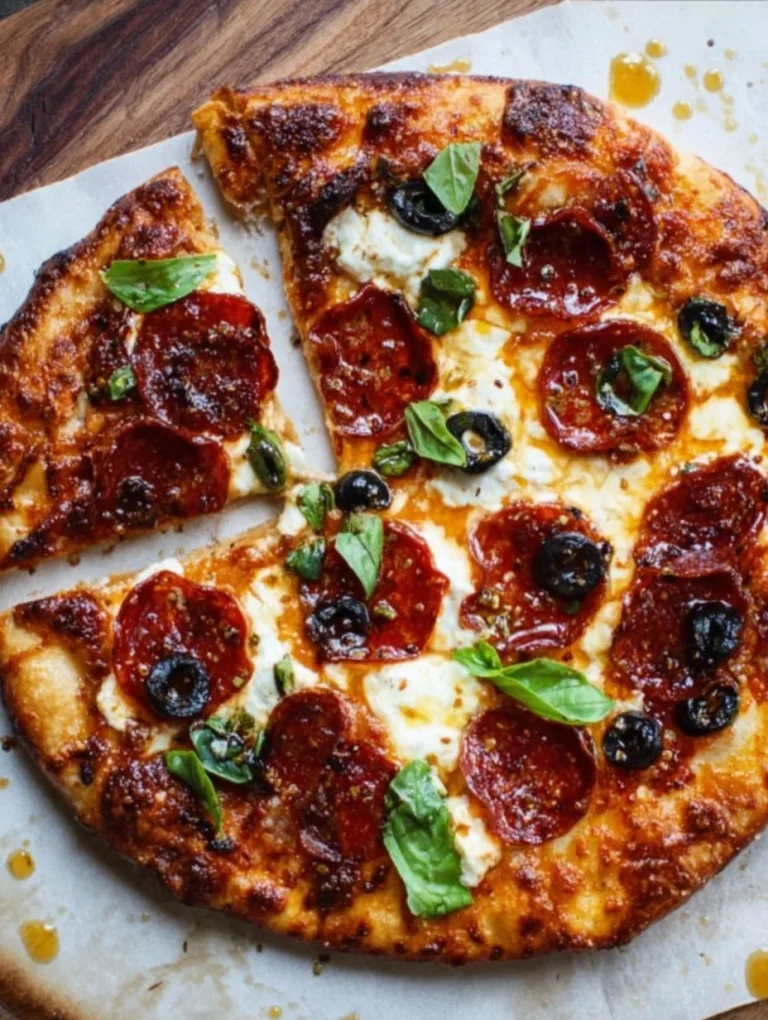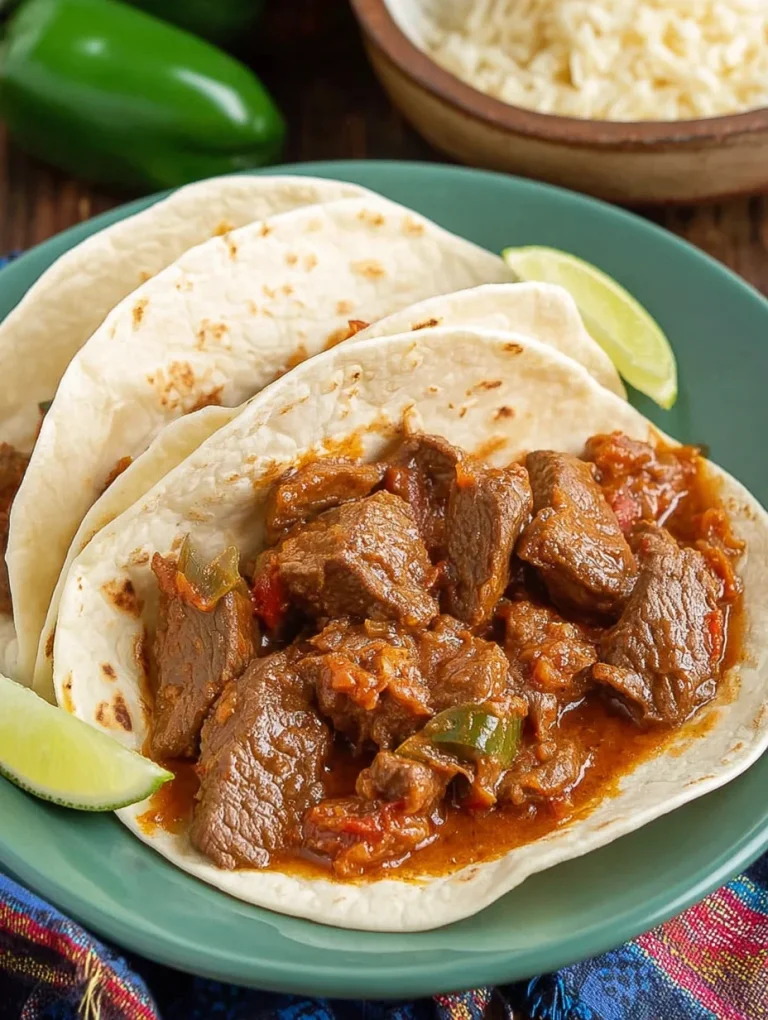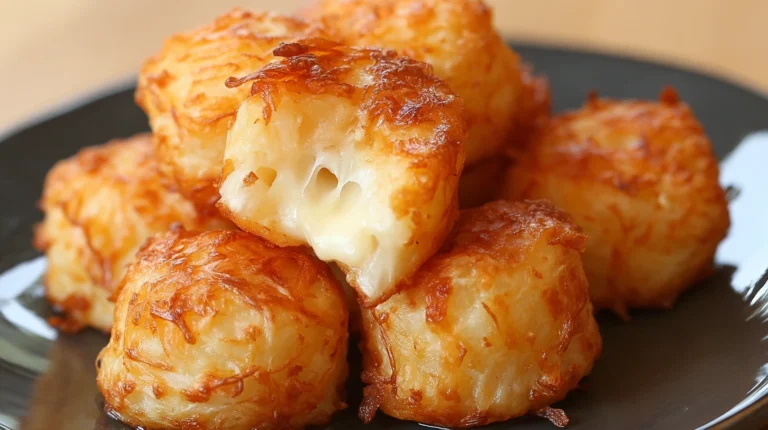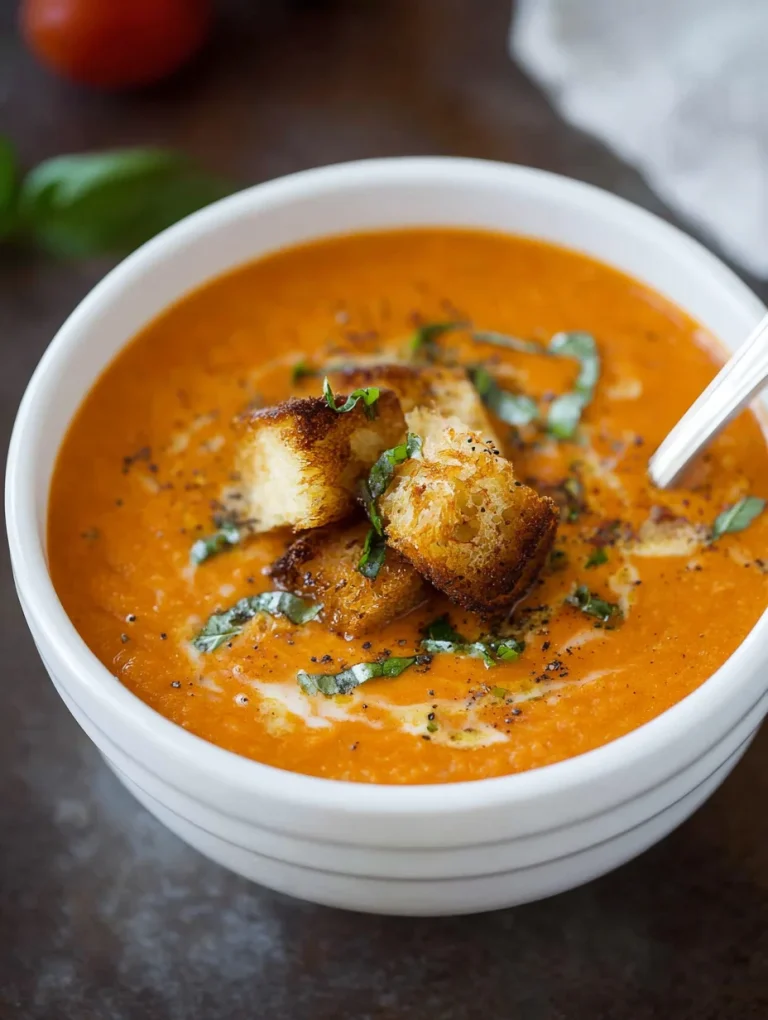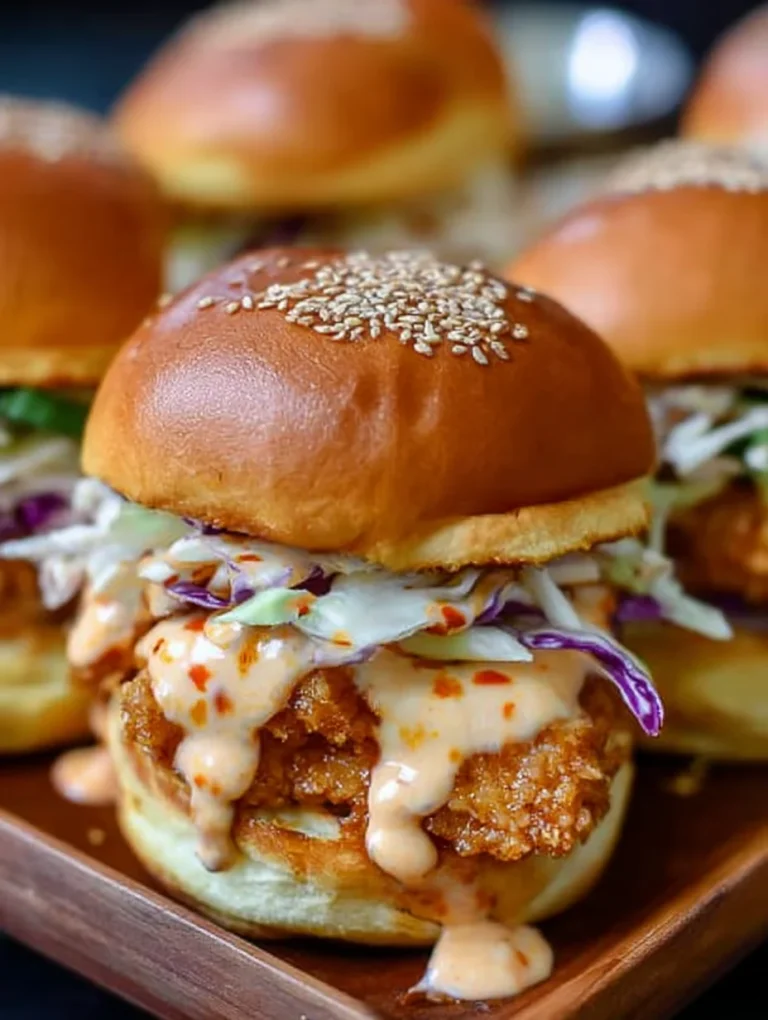Macaroni and cheese is the ultimate comfort food, but this creamy stovetop butternut squash mac & cheese is the ultimate upgrade. The sauce achieves a luxurious, velvety texture by blending tender butternut squash directly into the milk and cheese.1 This means less fat, more nutrients, and a beautiful golden color—all while tasting so rich and cheesy that no one will guess there are hidden vegetables inside!2
This recipe is the perfect, quick meal for busy home cooks, especially during the fall and winter. It’s ready in about 30 minutes and eliminates the need for a fussy white sauce (roux).3 The natural sweetness of the squash perfectly balances the sharpness of the cheddar, creating a deeply satisfying, warming, and wholesome dinner that the entire family will devour.4
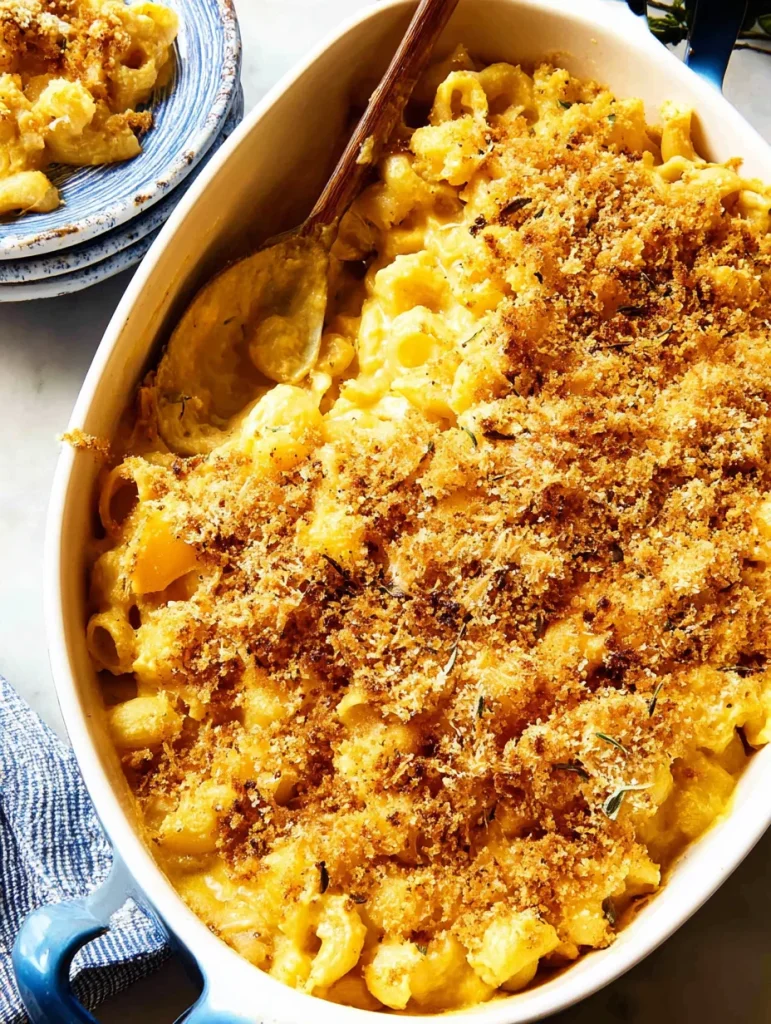
Why You’ll Love This Recipe
- Hidden Vegetable Boost: Butternut squash adds vitamins, fiber, and a beautiful color without compromising on cheesy flavor.5
- Velvety Smooth Texture: The pureed squash acts as a natural, healthy thickening agent, making the sauce incredibly creamy without excess butter or flour.6
- 30-Minute Dinner: By boiling the pasta and simmering the squash simultaneously, you can cut the total cooking time significantly.
- No Roux Required: We skip the traditional flour-and-butter roux, making the sauce lighter and simpler to prepare.7
- Freezer-Friendly Sauce: The squash puree base can be made ahead of time and frozen for lightning-fast future assembly.
Ingredients
- 1 lb (450 g) short pasta (elbow macaroni, shells, or cavatappi)8
- 1 tbsp (15 ml) olive oil9
- 1/2 medium yellow onion or 1 shallot, diced
- 2 cloves garlic, minced10
- 4 cups (560 g) peeled, diced butternut squash (1/2-inch cubes)11
- 1 1/2 cups (360 ml) low-sodium vegetable or chicken broth12
- 1 1/2 cups (360 ml) whole milk or unsweetened almond milk13
- 1/2 tsp ground nutmeg
- 1 tsp Dijon mustard
- 1 cup (115 g) shredded sharp cheddar cheese14
- 1/2 cup (55 g) shredded Gruyère or Monterey Jack cheese (for superior melt and flavor)
- 1 tsp salt, or to taste
- 1/4 tsp black pepper
Equipment
- Large pot or Dutch oven (for pasta)
- Large saucepan (for sauce)
- Immersion blender (preferred) or standard blender
- Cheese grater
- Whisk
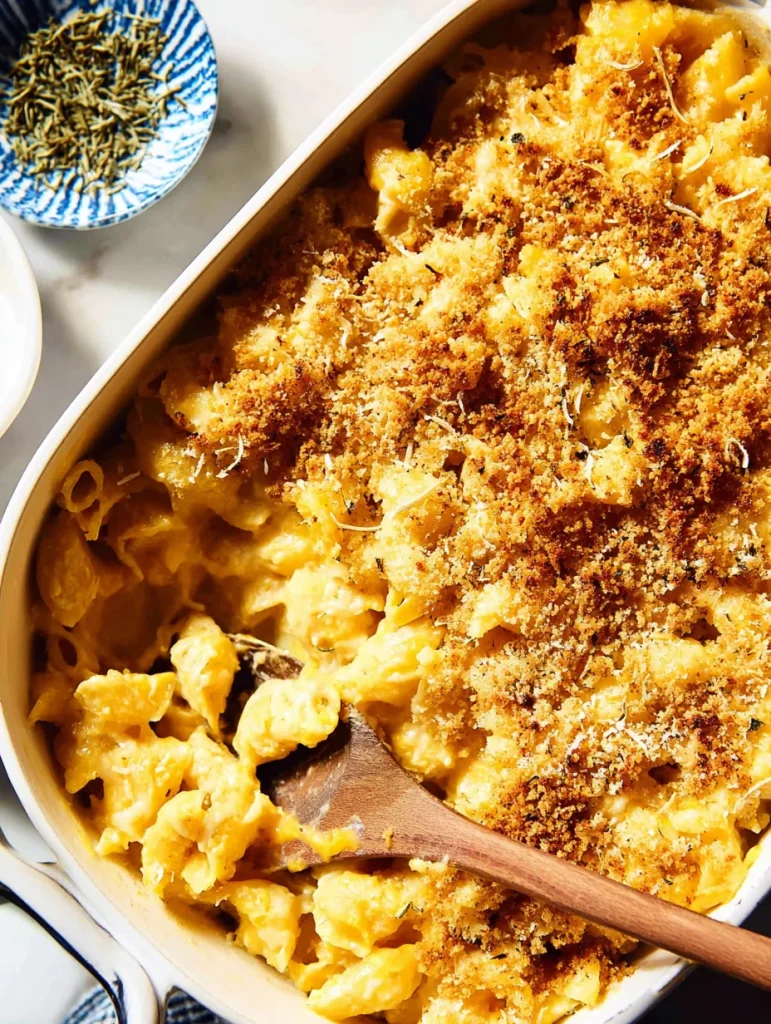
Step-by-Step Instructions
- Cook the Pasta: Bring a large pot of salted water to a boil. Add the pasta and cook until it is al dente (firm to the bite), about 1 minute less than the package directions specify. Drain the pasta and set it aside.
- Sauté Aromatics: While the pasta cooks, heat the olive oil in a large saucepan over medium heat.15 Add the onion (or shallot) and cook for 3–4 minutes until soft. Stir in the garlic and cook for 1 minute until fragrant.
- Simmer the Squash: Add the butternut squash cubes, broth, milk, nutmeg, salt, and pepper to the saucepan.16 Bring the mixture to a boil, then reduce the heat, cover, and simmer for 10–15 minutes, or until the squash is fork-tender.
- Puree the Sauce: Remove the saucepan from the heat. Stir in the Dijon mustard. Use an immersion blender to carefully blend the squash mixture directly in the pot until it is completely smooth and velvety. (Alternatively, transfer the mixture to a standard blender, venting the lid, and blend carefully.)
- Melt the Cheese: Return the sauce to the stove over low heat. Add the shredded cheddar and Gruyère cheeses in small handfuls, stirring constantly until each batch is fully melted before adding the next.17 Keep the heat low! Once the cheese is melted, remove the pot from the heat immediately.
- Combine and Serve: Stir the cooked pasta into the cheese sauce until every noodle is completely coated. Taste and add more salt or pepper if needed. Serve immediately.
Substitutions and Variations
- Cheese: For a sharp, classic flavor, stick with extra-sharp cheddar. For a gourmet touch, a blend of Gruyère (nutty) and Fontina (super melty) is delicious.18
- Vegan Option: For a delicious vegan version, omit all dairy and substitute the cheeses with cashew cream or your favorite high-quality nutritional yeast-based sauce.
- Gluten-Free: Use gluten-free pasta and ensure your broth is GF.
- Bake It: For a crispy top, transfer the finished mac & cheese to a baking dish. Top with a mix of Panko breadcrumbs and melted butter, and broil for 2–3 minutes until the topping is golden brown.
- Flavor Boost: Stir in 1/4 cup of crispy bacon bits or a handful of sautéed sage leaves at the end.
Pro Tips and Common Mistakes to Avoid
- Shred Your Own Cheese: Pre-shredded cheese is coated with anti-caking agents that can make your sauce grainy.19 Shredding cheese from a block is essential for a smooth, velvety sauce.
- Keep the Heat Low: When melting the cheese (step 5), the heat must be very low or off completely. High heat will cause the cheese proteins to seize and separate, resulting in a grainy or oily sauce.
- Cook Squash Small: Dicing the squash into small, uniform cubes (1/2-inch) ensures that it cooks quickly and is soft enough to blend smoothly in the short time allotted.
- Dijon is the Secret Weapon: The Dijon mustard doesn’t make the dish taste like mustard. Its acidity cuts through the richness and enhances the savory flavors of the cheese and squash.
Storage, Make-Ahead, and Reheating
- Make-Ahead (Sauce Base): You can cook the squash mixture (through the blending stage, step 4) and store it in an airtight container in the refrigerator for up to 4 days or freeze it for up to 3 months.20
- Storage (Leftovers): Store leftovers in an airtight container in the refrigerator for up to 3 days.21 The pasta will absorb the sauce and thicken considerably.
- Reheating: To reheat, transfer the mac & cheese to a saucepan over low heat.22 Add a splash of milk or broth (about 1–2 tablespoons per serving) and stir gently until the sauce rehydrates and the meal is warmed through.
Serving Suggestions
Serve this comforting mac & cheese with a light, simple side. A crisp green salad tossed with vinaigrette or a side of steamed broccoli provides a great contrast to the richness of the cheese sauce.
Approximate Nutrition
- Yields: 6 servings
- Serving Size: Approximately 1 ½ cups
- Calories: 480 kcal
- Protein: 25 g
- Fat: 20 g
- Carbohydrates: 50 g
Note: These are approximations and can vary based on the type of milk and exact cheese blend used.
FAQs
Q: Why isn’t my sauce smooth?
A: The sauce may not be smooth if the squash wasn’t fully tender before blending, or the heat was too high when the cheese was added. Ensure the squash is very soft and the cheese is added slowly over low heat.
Q: Can I use canned butternut squash purée?
A: Yes! It’s a great shortcut. You will need about 2 cups (450 g) of canned purée. In step 3, skip the simmering and simply combine the purée with the hot broth, milk, and aromatics before blending.
Q: What kind of pasta is best?
A: Short, tubular, or shell-shaped pasta is best because the sauce clings to the ridges and fills the hollows. Elbow macaroni, small shells, or cavatappi are all excellent choices.
Q: Can I skip the Gruyère and just use cheddar?
A: Yes, you can use all sharp cheddar, but the Gruyère (or Monterey Jack) adds a superior melting quality and a complex, nutty flavor that elevates the dish.
Q: How do I make this with roasted butternut squash?
A: Toss the squash with oil, salt, and pepper and roast at 400°F (200°C) until very soft (about 30 minutes).23 Once roasted, transfer the soft squash to the saucepan with the milk and broth and proceed with the immersion blending and cheese melting steps.
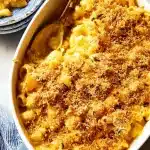
Butternut Squash Mac & Cheese
Ingredients
Pasta and Aromatics
- 1 lb short pasta (elbow macaroni, shells, or cavatappi)
- 1 tbsp olive oil
- 1/2 medium yellow onion or shallot, diced
- 2 cloves garlic, minced
Sauce Ingredients
- 4 cups peeled, diced butternut squash (1/2-inch cubes)
- 1 1/2 cups low-sodium vegetable or chicken broth
- 1 1/2 cups whole milk or unsweetened almond milk
- 1/2 tsp ground nutmeg
- 1 tsp Dijon mustard
- 1 cup shredded sharp cheddar cheese
- 1/2 cup shredded Gruyère or Monterey Jack cheese (for superior melt and flavor)
- 1 tsp salt or to taste
- 1/4 tsp black pepper
Instructions
Cooking the Pasta
- Bring a large pot of salted water to a boil. Add the pasta and cook until it is al dente, about 1 minute less than the package directions specify. Drain the pasta and set it aside.
Preparing the Sauce
- While the pasta cooks, heat the olive oil in a large saucepan over medium heat. Add the onion (or shallot) and cook for 3–4 minutes until soft. Stir in the garlic and cook for 1 minute until fragrant.
- Add the butternut squash cubes, broth, milk, nutmeg, salt, and pepper to the saucepan. Bring the mixture to a boil, then reduce the heat, cover, and simmer for 10–15 minutes, or until the squash is fork-tender.
- Remove the saucepan from the heat. Stir in the Dijon mustard. Use an immersion blender to blend the squash mixture directly in the pot until it is completely smooth and velvety.
- Return the sauce to the stove over low heat. Add the shredded cheddar and Gruyère cheeses in small handfuls, stirring constantly until each batch is fully melted before adding the next. Keep the heat low!
Combining and Serving
- Stir the cooked pasta into the cheese sauce until every noodle is completely coated. Taste and add more salt or pepper if needed. Serve immediately.

